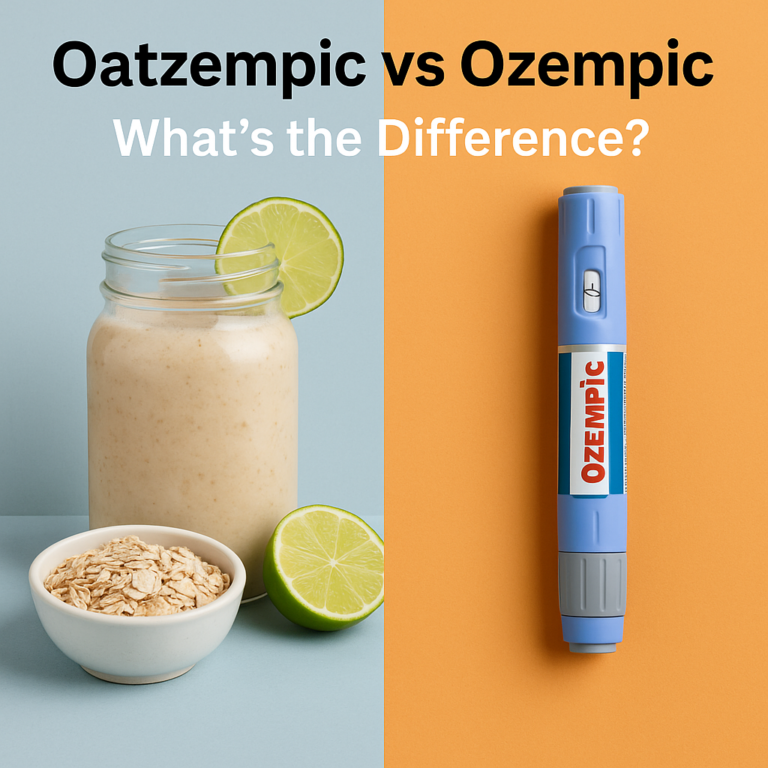
Attention:
Are you sitting for long hours every day? The negative health effects of a sedentary lifestyle could be a matter of concern. But here’s some good news: a simple 22-minute daily activity can help you offset these risks.
Interest:
Sedentary lifestyles are becoming increasingly common and are a leading cause of poor health worldwide. It’s alarming that sitting for extended periods, whether watching TV or working at a computer, can increase the likelihood of premature death. However, new research, published in the British Journal of Sports Medicine, offers a ray of hope.
In our fast-paced world, many of us find ourselves spending the majority of our day seated—whether it’s in front of a computer screen at the office or glued to the TV at home. The consequences of this sedentary lifestyle are far-reaching and potentially life-threatening. But what if there was a simple, time-efficient solution to counteract these negative effects?
Desire:
The study, which included 11,989 participants aged over 50 from Norway, Sweden, and the US, found that moderate-to-vigorous physical activity (MVPA) can counteract the risks of being sedentary. MVPA includes activities such as brisk walking, heavy cleaning, cycling, or playing sports like badminton. On the more vigorous end, activities such as hiking, jogging, shoveling, or playing a game of football or tennis can also have a positive impact.
What’s truly exciting is that just 22 minutes of MVPA per day can eliminate the higher risk of death associated with a sedentary lifestyle. But here’s an even more encouraging discovery: even those who engage in as little as 10 minutes of MVPA experience a reduction in their risk. The message is clear—the more you move, the better it is for your health.
Action:
To safeguard your well-being, consider incorporating 22 minutes of MVPA into your daily routine. This aligns perfectly with the UK chief medical officer’s recommendation of aiming for 150 minutes of MVPA per week, which equates to about 21 minutes per day. These small, manageable efforts can lead to substantial health benefits.
Imagine waking up in the morning, setting aside just 22 minutes of your day for a brisk walk or a game of badminton, and knowing that you are actively working to improve your health and longevity. It’s not solely about extending your lifespan; it’s about enhancing the quality of your life. Regina Giblin, a senior cardiac nurse at the British Heart Foundation, emphasizes that exercise can help you control your weight, reduce your blood pressure, and improve your mental health.
But that’s not all. Let’s delve deeper into the science behind this groundbreaking study and understand the various ways in which it can positively impact your life.
Understanding the Study: How 22 Minutes Can Transform Your Health
The study, led by Edvard Sagelv, a researcher at the Arctic University of Norway, analyzed data from 11,989 individuals aged over 50. These participants hailed from Norway, Sweden, and the United States. What made this study particularly informative is that all the participants wore activity trackers that meticulously recorded their moderate-to-vigorous physical activity (MVPA).
Moderate activity is defined as anything that gets your heart rate up, such as brisk walking at a speed of 4 miles per hour or faster, heavy cleaning like washing windows or mopping, cycling at a pace of 10-12 miles per hour, or engaging in sports like badminton. On the other hand, vigorous activity involves activities like hiking, jogging at a pace of 6 miles per hour or faster, shoveling, cycling rapidly, or participating in high-intensity sports like football, basketball, or tennis.
The study classified participants into two groups: those who spent less than 10.5 hours sitting every day and those who spent 10.5 or more hours being sedentary. Over a five-year follow-up period, the study observed that 6.7% of the participants, which equates to 805 individuals, had passed away.
The findings were crystal clear. Those who engaged in more than 12 hours of daily sitting had a higher risk of death. What’s particularly noteworthy is that this risk isn’t limited to a specific type of sitting behavior—it includes both office work and extended TV-watching sessions. However, the real eye-opener was that every additional minute of MVPA correlated with a lower risk of death. In simpler terms, even if you manage just 10 minutes of MVPA, you’re already taking a step toward reducing your risk. But the magic number is 22 minutes—this is the point where the higher risk of death from a sedentary lifestyle is completely eliminated. In fact, for those who can squeeze in more than 22 minutes of MVPA each day, there’s an even lower risk of death.The fundamental principle is clear: the greater the effort, the greater the benefit.
The Bigger Picture: Living a Healthier and Happier Life
The significance of this research cannot be overstated. It reinforces the recommendation of the UK chief medical officer, which encourages individuals to aim for 150 minutes of MVPA per week. This translates to roughly 21 minutes of MVPA per day.
This study opens the door to a world of possibilities. It’s not just about avoiding the negative consequences of a sedentary lifestyle—it’s about embracing a life filled with health and vitality. A mere 22 minutes of daily activity can empower you to take charge of your well-being. It’s an investment in your future, allowing you to enjoy more years of a fulfilling life.
But let’s not stop at the individual level. This research carries the potential to transform societies. Efforts to promote physical activity can result in substantial health benefits for individuals. Even small amounts of MVPA can be an effective strategy to ameliorate the mortality risk associated with high sedentary time. So, this isn’t just about your health; it’s about the health of our communities and nations.
Practical Tips: Making the 22-Minute Change
Now that you’re equipped with this information, it’s time to implement it. Incorporating 22 minutes of MVPA into your daily routine is an achievable goal. Let’s kickstart your journey with these practical tips:
Morning Walk: Start your day with a brisk 22-minute walk in your neighborhood or at a nearby park. Not only will this boost your physical health, but it will also invigorate your mind for the day ahead.
Lunchtime Activity: Use your lunch break as an opportunity to engage in MVPA. Whether it’s a game of badminton with colleagues or a brisk walk around your workplace, it’s a great way to break the monotony of your workday.
Evening Fun: After work, consider activities like cycling, jogging, or playing a sport. It’s a fantastic way to unwind, de-stress, and enhance your overall well-being.
Home Workouts: If you prefer staying in, there are countless home workout routines that can help you achieve your 22 minutes of MVPA. From online workout videos to fitness apps, there’s no shortage of options.
Family Bonding: Make MVPA a family affair. Engage in physical activities with your loved ones. It’s not just about your health; it’s about setting a positive example for your family’s well-being.
The Power of 22 Minutes: Your First Step to a Healthier Future
Imagine a world where you don’t need to worry about the health risks associated with a sedentary lifestyle. This world is within your grasp, and it starts with 22 minutes.
Therefore, start your journey towards a healthier version of yourself. Rise, stay active, and integrate 22 minutes of MVPA into your daily routine. Your future self will be grateful for the decision.
But that’s not all. Leading experts and organizations are supporting this crucial finding. Regina Giblin, a senior cardiac nurse at the British Heart Foundation, emphasizes that exercise can help you control your weight, reduce your blood pressure, and improve your mental health. This is more than just extending life; it’s about enhancing its quality.








